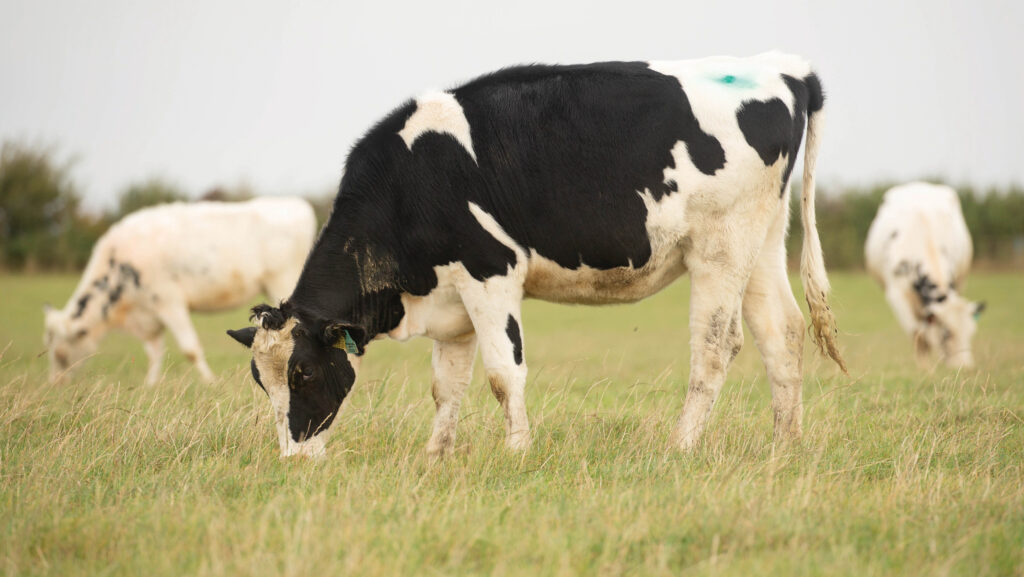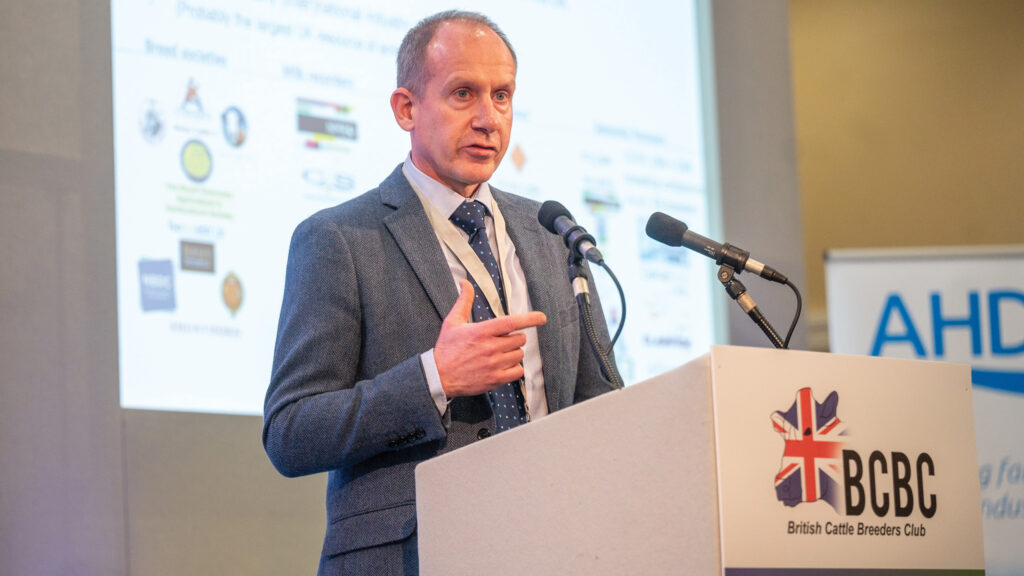Dairy inbreeding target outdated, farmers advised
 © Tim Scrivener
© Tim Scrivener Dairy farmers should not compromise their herd’s genetic gain simply to avoid inbreeding, said the AHDB’s head of animal genetics, Marco Winters.
Instead, monitoring the rate of inbreeding from one generation to the next will reduce its impact on the herd.
See also: Top EnviroCow sire leads latest Holstein rankings
“The previous target of less than 6.25% inbreeding has little relevance today. The aim is to maximise genetic progress while minimising the rate of inbreeding by less than 1% increase a year,” he said.
“We are doubling genetic progress in dairy compared with 10 years ago and are the world leaders in using sexed semen – 84% of our dairy inseminations are to sexed.
“The EnviroCow index contributes a 20% reduction by 2040 with 1% each year – and it’s cumulative and permanent.”

Marco Winters © Robert Smith Photography
Monitoring
Such progress should not be lost, even when January 2025 evaluations of 1 million cows showed an inbreeding rate of more than 6.7%.
“It is unavoidable when making selective breeding decisions. Holstein inbreeding has risen by 0.33% a year, but the breed’s genetic gain is £52 PLI [profitable lifetime index] every year,” said Marco.
He advocated “commonsense mating”, using a team of bulls, not just one or two, and avoiding mating of close relatives from recent generations.
“Monitor your own herd inbreeding using AHDB’s Herd Genetic Report. Screen for known carriers of harmful recessives, and use a mating program,” he suggested.
Marco Winters was speaking at the British Cattle Breeders Conference dairy day.
